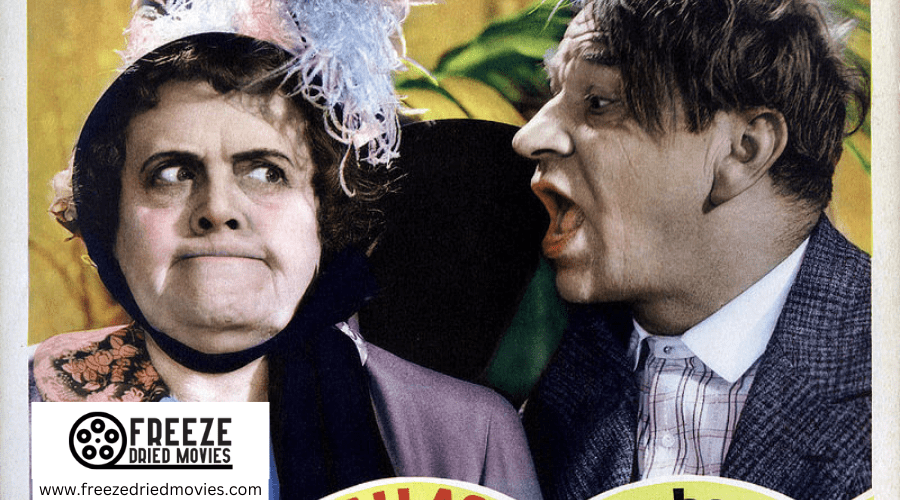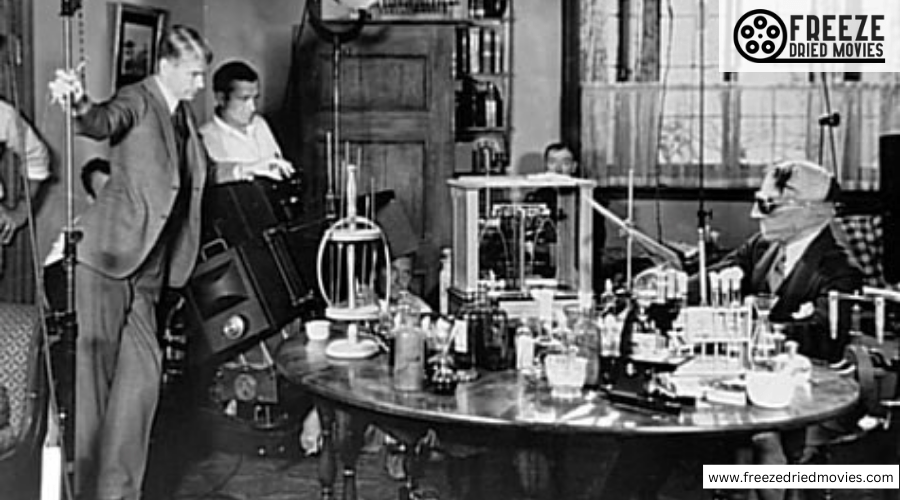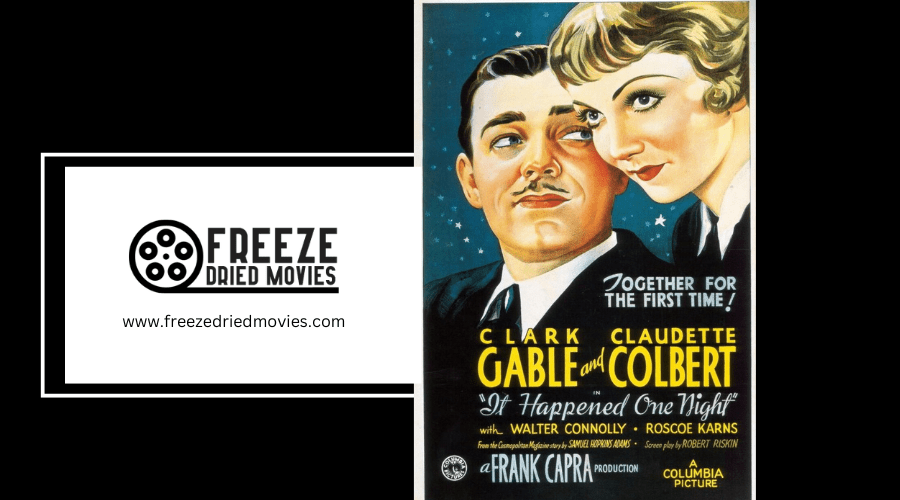The Best Foreign Films of the 1930s: Global Cinema Highlights
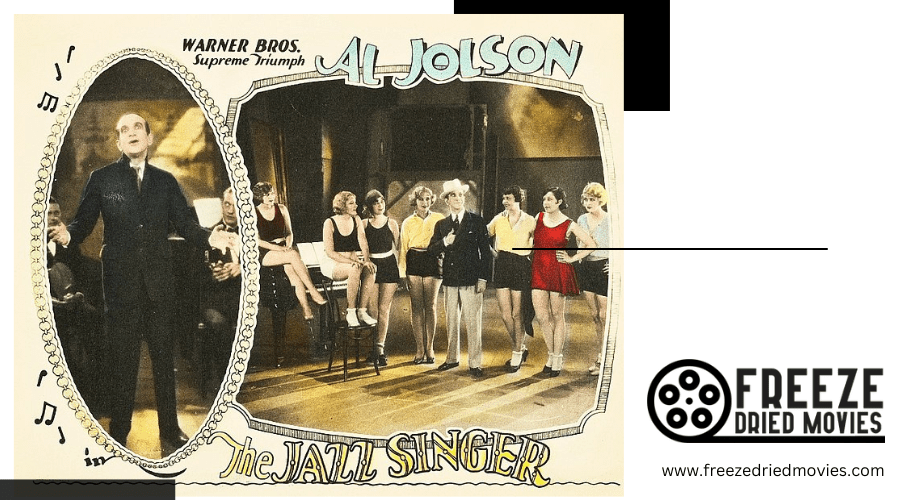
Exploring the best foreign films of the 1930s reveals a rich tapestry of innovation and cultural significance. This decade marked the rise of talkies and Technicolor, transforming cinematic storytelling. Filmmakers like Jean Renoir and Kenji Mizoguchi addressed societal issues through their unique perspectives, pushing the boundaries of narrative and genre. European poetic realism, German expressionism, and Asian cinematic masterpieces all contributed to a diverse cinematic landscape. To understand their lasting impact, it's essential to examine how these films helped shape modern cinema.
The Rise of Talkies
In the late 1920s and early 1930s, the transition from silent films to talkies revolutionized the film industry by introducing synchronized sound and dialogue. This transformation began with "The Jazz Singer" in 1927, leading to a rapid decline of silent films. By the mid-1930s, nearly 90% of Hollywood films included sound, marking the onset of the Golden Age of cinema. Dialogue-driven narratives and musical numbers became standard, enhancing storytelling and audience engagement.
Internationally, the impact of talkies was profound. In France, filmmakers embraced this new technology, sparking an explosion of creative films that laid the groundwork for the French New Wave movement. French directors used sound to explore cultural and societal themes, reflecting the nuances of French life and thought. Similarly, in Germany, the introduction of sound technology enriched their cinema, enabling more complex and compelling narratives.
The rise of talkies didn't just revolutionize Hollywood; it catalyzed a global transformation in cinema, setting the stage for future movements and styles. This period marked the beginning of a truly international film landscape, rich with diverse stories and voices.
Technicolor Innovations
Technicolor's introduction in the 1930s revolutionized the film industry by bringing vibrant color to the silver screen, significantly enhancing the emotional impact of narratives. The first feature-length film to utilize the three-color Technicolor process was "Becky Sharp" (1935), which set a new standard for future films by showcasing the potential of color in storytelling.
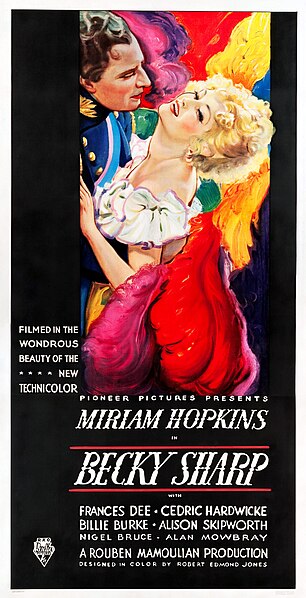
Among the most renowned films to feature Technicolor was "Gone With the Wind" (1939). Its stunning visuals significantly contributed to the film's epic historical drama narrative. Similarly, "The Adventures of Robin Hood" (1938) demonstrated the artistic possibilities of Technicolor, using lush sets and vivid color palettes to create visually enchanting cinematic experiences.
However, the early use of Technicolor was both expensive and complex. Many filmmakers initially experimented with black-and-white films before fully integrating color into their projects. This era also saw the rise of classic horror films, where directors began to explore Technicolor innovations to heighten suspense and create eerie atmospheres, forever altering the visual dynamics of the genre.
Cultural Impact
Investigating the cultural impact of 1930s foreign films reveals their reflection of societal changes and their influence on modern cinema. French and Japanese films of that era depicted class struggles and societal issues, laying the groundwork for future cinematic movements. These films provided sharp political and social commentary, resonating deeply during a time of global upheaval.
Societal Reflections and Changes
Movies of the 1930s vividly captured the era's societal upheavals and transformations, reflecting the cultural pulse of the time. Films addressed the struggles and political tensions arising from the Great Depression and the looming threat of World War II. French cinema, for instance, became a guiding light with its use of poetic realism. Directors like Jean Renoir and Julien Duvivier masterfully depicted ordinary people grappling with adversity and existential despair, mirroring the class struggles and emotional turmoil of the period.
In Japan, Kenji Mizoguchi's works, such as "Osaka Elegy," highlighted the hardships faced by women and broader societal issues. His narratives, influenced by personal experiences, provided sharp commentary on gender dynamics within Japanese society. Similarly, John Ford's "The Informer" and Yasujirō Ozu's "The Only Son" explored themes of moral complexity and sacrifice, showcasing individual struggles within their cultural contexts.

The international cinema of the 1930s was a rich tapestry of socially conscious storytelling. Filmmakers worldwide challenged societal norms and enriched their narratives through cross-cultural exchanges, leaving a lasting impact on the cinematic landscape.
Influence on Modern Cinema
The 1930s ushered in transformative changes in global cinema that continue to shape contemporary filmmaking. The narrative structures and character development seen in Jean Renoir's *La Règle du jeu* have become integral to today's top films, demonstrating the lasting impact of intricate storytelling techniques.
French poetic realism, evident in the works of directors like Jean Vigo, introduced visual aesthetics that later became hallmarks of film noir. Elements such as atmospheric lighting and nuanced characters have profoundly influenced modern storytelling methods.
Kenji Mizoguchi's films from the 1930s also left a significant legacy. His focus on social critique and the struggles of marginalized communities resonates in today's socially conscious cinema, showing that contemporary filmmakers still draw inspiration from these early themes.
Innovative special effects from landmark films like *King Kong* and *The Invisible Man* laid the foundation for today's blockbuster visual spectacles, establishing standards that modern filmmakers strive to meet.
Furthermore, the genre-blending approach seen in musicals like *À nous la liberté* set a precedent for hybrid storytelling. This technique continues to influence how modern films address themes and narratives, making them more dynamic and multifaceted.
| Influence Area | 1930s Example |
|---|---|
| Narrative Structures | La Règle du jeu |
| Visual Aesthetics | Jean Vigo's Films |
| Social Critique | Kenji Mizoguchi's Work |
| Special Effects | King Kong, The Invisible Man |
| Genre Blending | À nous la liberté |
Political and Social Commentary
Investigating the political and social commentary of 1930s films reveals a rich tapestry of cultural impact. Many films from this era tackled pressing societal issues head-on. Directors like Jean Renoir and Jean Vigo in France infused their work with sharp political commentary, critiquing class struggles and societal changes brought by the Popular Front. Their films mirrored the economic and social turbulence of the period.
Kenji Mizuguchi's Osaka Elegy poignantly highlights women's struggles within a patriarchal society. Mizuguchi's critique of social norms and expectations brings the harsh realities of gender inequality to the forefront, making a powerful statement on societal constraints.
The Informer examines themes of guilt and morality set against the backdrop of the Irish War of Independence. It explores the complexities of loyalty and the moral dilemmas faced by individuals during turbulent times, exemplifying the rise of socially conscious cinema.
International films like À nous la liberté and La Grande Illusion cleverly use satire and allegory to comment on capitalism and the futility of war. These films marked a significant evolution in global cinematic discourse, making them crucial for understanding the cultural and political landscape of the time.
Genre Expansion
Investigating the genre expansion of the 1930s, you'll find that this decade was a transformative period for global cinema, marked by significant experimentation and boundary-pushing across various genres.
In France, poetic realism emerged, blending lyrical storytelling with the harsh realities of everyday life. Jean Renoir's "La Règle du jeu" (1939) exemplifies this, demonstrating how cinema could be both beautiful and brutally honest. Meanwhile, in Japan, directors like Yasujirō Ozu began focusing on family and societal expectations. His film "The Only Son" (1936) examines the sacrifices families make for education and social mobility, marking a shift toward more intimate and poignant narratives.
German cinema expanded its narrative scope with thrillers that investigated complex themes of morality and societal decay. Fritz Lang's "M" (1931) set the standard, influencing the thriller genre for decades. In the United States, American musicals like "Swing Time" (1936) showcased elaborate dance sequences and unforgettable songs, leaving a lasting impact on the global musical landscape.
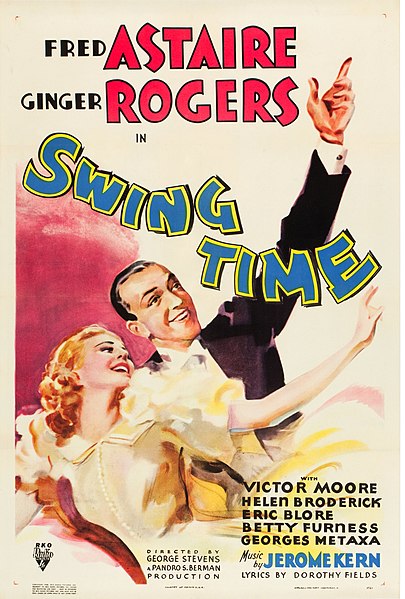
Additionally, Italian cinema began to lay the groundwork for neorealism. Filmmakers like Luchino Visconti started to depict life's harsh realities, foreshadowing the movement that would fully emerge after World War II.
European Cinema Gems
As the 1930s heralded genre expansion in global cinema, European filmmakers pushed creative boundaries, producing some of the era's most enduring works. This period in European cinema was marked by poetic realism, with directors like Jean Renoir and Jean Vigo capturing the struggles of ordinary people through a blend of realism and lyrical elements. Renoir's "La Règle du jeu" (1939) stands out as a critical satire of French society, while Vigo's "L'Atalante" (1934) fuses melodrama and avant-garde techniques to create an unforgettable cinematic experience.
Highlights of European Cinema:
- Poetic Realism: Explore the films of Jean Renoir and Jean Vigo, whose works like "La Règle du jeu" and "L'Atalante" offer a poignant mix of realism and lyrical beauty.
- Anti-Capitalist Satire: Analyze René Clair's "À nous la liberté" (1931), an inventive critique of industrialization that champions individuality.
- German Influences: Discover Fritz Lang's "M" (1931), a pioneering crime thriller that delves into deep societal issues and identity.
Furthermore, the rise of censorship under Nazi rule in Germany led many filmmakers, such as Billy Wilder, to emigrate to Hollywood, reshaping the global cinematic landscape.
Asian Masterpieces
Several Asian masterpieces from the 1930s have left an indelible mark on global cinema. Japanese films from this era, in particular, are renowned for their emotional depth and examination of societal issues. Kenji Mizoguchi's Osaka Elegy (1936) critically assesses the struggles of a young woman who sacrifices her own well-being to support her family, shedding light on the restrictive roles imposed on women in 1930s Japan.
Yasujirō Ozu's The Only Son (1936) offers a poignant narrative about a mother's sacrifices for her son's education. Through Ozu's minimalist style, the film elegantly portrays themes of poverty and familial expectations. Mizoguchi's The Story of the Last Chrysanthemums (1939) delves into the complexities of love and sacrifice within the Kabuki theater world, showcasing his talent for character development.
A Daughter of the Samurai (1937), directed by Arnold Fanck and Mansaku Itami, explores the clash between traditional Japanese values and Western influences through the story of a young woman navigating her identity. Ozu's What Did the Lady Forget? (1937) blends melodrama with social commentary, focusing on a young couple's trials while addressing broader societal issues in Japan. These films not only reflect the cultural and social dynamics of their time but also continue to resonate with audiences worldwide.
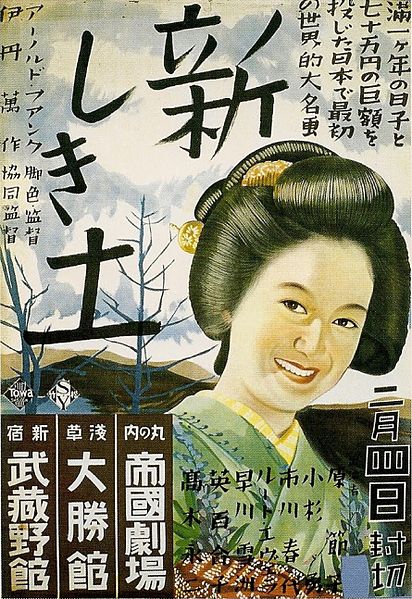
Latin American Contributions
Latin American cinema in the 1930s frequently captivated audiences by vividly reflecting the cultural and social realities of the region. These films often incorporated local folklore and music, providing a unique and authentic cinematic experience. One of the notable films of this time is Santa (1931) by Antonio Moreno, which addressed themes of poverty and social injustice in Mexico. This film is considered a precursor to the neo-realist movement, highlighting the harsh realities faced by marginalized communities.
To keep you engaged, here are three standout contributions from Latin American cinema in the 1930s:
- Limite (1931) by Mário Peixoto: This Brazilian film is celebrated for its avant-garde style and experimental narrative, showcasing the potential of cinema as an art form.
- El Romance del Palmar (1938) by Ramón Peón: This Cuban film emphasizes national identity and cultural pride through its portrayal of rural life and traditions.
- Los Tres Berretines (1933) by Enrique Telémaco Susini: This Argentine film skillfully blends comedy and social commentary, reflecting the growing influence of the Argentine film industry.
Latin American cinema of the 1930s not only entertained but also provided a powerful commentary on social injustice and cultural identity.
Iconic Directors
The 1930s not only saw lively contributions from Latin American cinema but also witnessed the rise of iconic directors whose groundbreaking techniques and storytelling prowess left an indelible mark on world cinema. Jean Renoir, with his renowned film "La Règle du jeu" (1939), masterfully used satire to examine French society. His inventive narrative techniques profoundly influenced modern cinema, setting a high standard for storytelling.
Meanwhile, in Japan, Kenji Mizoguchi emerged as a crucial figure. His film "Osaka Elegy" (1936) poignantly addressed the struggles of women in society, reflecting his deep commitment to social issues. Mizoguchi's ability to weave complex emotions into his narratives made him a cornerstone of Japanese cinema.
Another Japanese maestro, Yasujirō Ozu, showcased a minimalist style in "The Only Son" (1936). Ozu's focus on family dynamics and themes of sacrifice cemented his legacy as a master of human emotion.
In France, Jean Vigo's "L'Atalante" (1934) stood out for its lyrical visual style and exploration of love. Vigo's inventive approach influenced future filmmakers, as did Sacha Guitry's humor and introspection in "The Story of a Cheat" (1936), which blended character-driven storytelling with social commentary.
Memorable Performances
Amid the vibrant landscape of 1930s cinema, memorable performances became the heartbeat of many classic films. These portrayals not only captivated audiences but also cemented the careers of some of the era's most talented actors.
Jean Gabin, a luminary in French cinema, delivered unforgettable performances in La Belle Équipe and Le jour se lève. His ability to convey deep emotional complexity made these films resonate profoundly. Meanwhile, in Hollywood, Bette Davis emerged as a powerhouse with her role in Of Human Bondage (1934). Her intense, powerful portrayals set a new standard for leading actresses and left an indelible mark on the industry.
Consider three performances that defined the decade:
- Jean Cocteau in The Blood of a Poet (1930): His exploration of artistic struggle and inner consciousness was mesmerizing.
- Clark Gable in It Happened One Night (1934): His charm and comedic timing redefined the romantic comedy genre.
- Boris Karloff in Frankenstein (1931): His portrayal of the Monster evoked deep sympathy and forever impacted the horror genre.
These actors' memorable performances transcended their respective Hollywood studios and international borders, forever engraving their names in cinema history.
The Production Code
When you examine the impact of the Production Code, you'll find it imposed stringent moral guidelines on Hollywood films beginning in 1934. This censorship significantly changed storytelling, compelling filmmakers to creatively work within these limitations. In contrast, foreign films of the 1930s often avoided these constraints, resulting in a notable difference in content and expression.
Moral Guidelines Enforcement
Starting in 1934, the Motion Picture Production Code, also known as the Production Code, began regulating the content of American films to ensure they adhered to specific moral guidelines. This period followed the Great Depression, a time when maintaining moral standards in entertainment was considered crucial. The Code imposed significant restrictions on filmmakers.
Here are the primary prohibitions of the Code:
- Explicit sexual content: Any overt depictions of sexuality were strictly forbidden.
- Drug use: Portrayals of drug use were banned to prevent glamorization.
- Excessive violence: Graphic violence was limited to avoid desensitization.
Filmmakers had to submit their scripts for approval and make necessary edits to comply with the Code's standards. This often led to creative solutions, such as using suggestive subtext instead of explicit scenes. The enforcement of the Production Code sparked debates over artistic freedom, as directors and writers navigated these restrictions while still trying to convey their stories effectively. The Code remained in effect until the late 1960s, significantly shaping the themes and styles of films during its tenure.
Impact on Storytelling
The Production Code, enforced in 1934, fundamentally altered American cinema by imposing strict moral guidelines on film content. This significantly impacted storytelling, limiting the portrayal of violence, sexuality, and moral ambiguity. Filmmakers had to find creative ways to convey complex narratives and themes without violating the Code's restrictions, often using subtext and innuendo to allow audiences to grasp deeper meanings without explicit content.
Many pre-Code films were altered or re-edited to comply, affecting character development and plot resolution. This censorship posed challenges but also sparked ingenuity. Directors like Frank Capra and Billy Wilder navigated these constraints skillfully, creating compelling stories that resonated with audiences despite the limitations.
The Production Code also sparked debates on artistic freedom. While American filmmakers grappled with restrictions, international directors, especially in Europe, embraced more liberal storytelling techniques. This contrast influenced the evolution of global cinema during the 1930s, as foreign films often pushed boundaries that American films couldn't. This divergence shaped the storytelling landscape, encouraging a rich diversity of narrative styles worldwide.


